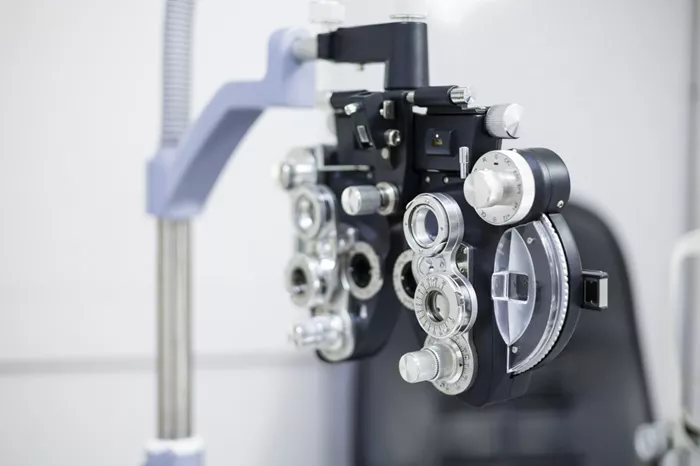A recent study published in the Ophthalmology journal has highlighted a concerning link between cataract surgery and the progression of diabetic retinopathy in adults with type 2 diabetes (T2D). The research suggests that while cataract surgery is not to be avoided, patients with diabetes require diligent monitoring and follow-up care to mitigate potential complications.
The study focused on individuals with T2D and diabetic retinopathy, specifically comparing the effects of cataract surgery on the development of proliferative diabetic retinopathy (PDR) versus non-proliferative diabetic retinopathy (NPDR). The findings indicate that while some diabetic patients may enjoy improved vision post-surgery, they are more susceptible to complications, including retinal detachment and vitreous hemorrhage, following the procedure.
Researchers utilized data from the TriNetX US Collaborative Research Network, which aggregated health data from June 2004 to June 2024. The analysis included patients aged 18 and older, diagnosed with T2D and NPDR, who had undergone cataract surgery or received no surgical intervention. Propensity score matching (PSM) was employed to account for demographic and clinical factors in the comparison between the surgical and control groups.
The study observed that individuals with at least five years of T2D, who underwent cataract surgery, faced a significantly higher risk of developing tractional retinal detachment (TRD), combined tractional and rhegmatogenous retinal detachment (CTRD), and vitreous hemorrhage (VH) within one year of surgery. These patients were also more likely to experience the composite outcome, which included a progression from NPDR to PDR.
Further analysis on both the right and left eyes of 7,178 participants (3,589 in the surgical group and 3,589 in the control group) showed that those who underwent surgery had increased chances of developing PDR without complications, as well as vitreous hemorrhage and other adverse outcomes. The sensitivity analysis, which focused on 4,976 participants with at least five years of T2D, further confirmed these findings.
Despite the heightened risks, the study did not identify significant differences between the risk for TRD and CTRD in either group. The overall conclusion emphasizes that modern cataract surgery is associated with a higher likelihood of progression from NPDR to PDR in patients with T2D within one year after the procedure.
The authors recommend careful preoperative planning, phacoemulsification, and vigilant postoperative care to minimize the risk of complications for diabetic patients undergoing cataract surgery.
Related topic:
Eyelid Ptosis Surgery: A Complete Guide to Recovery and Results
Laser Eye Surgery with Insurance Costs: A Comprehensive Guide
6 Eye Surgeries for Severe Astigmatism: What Are Your Options?

